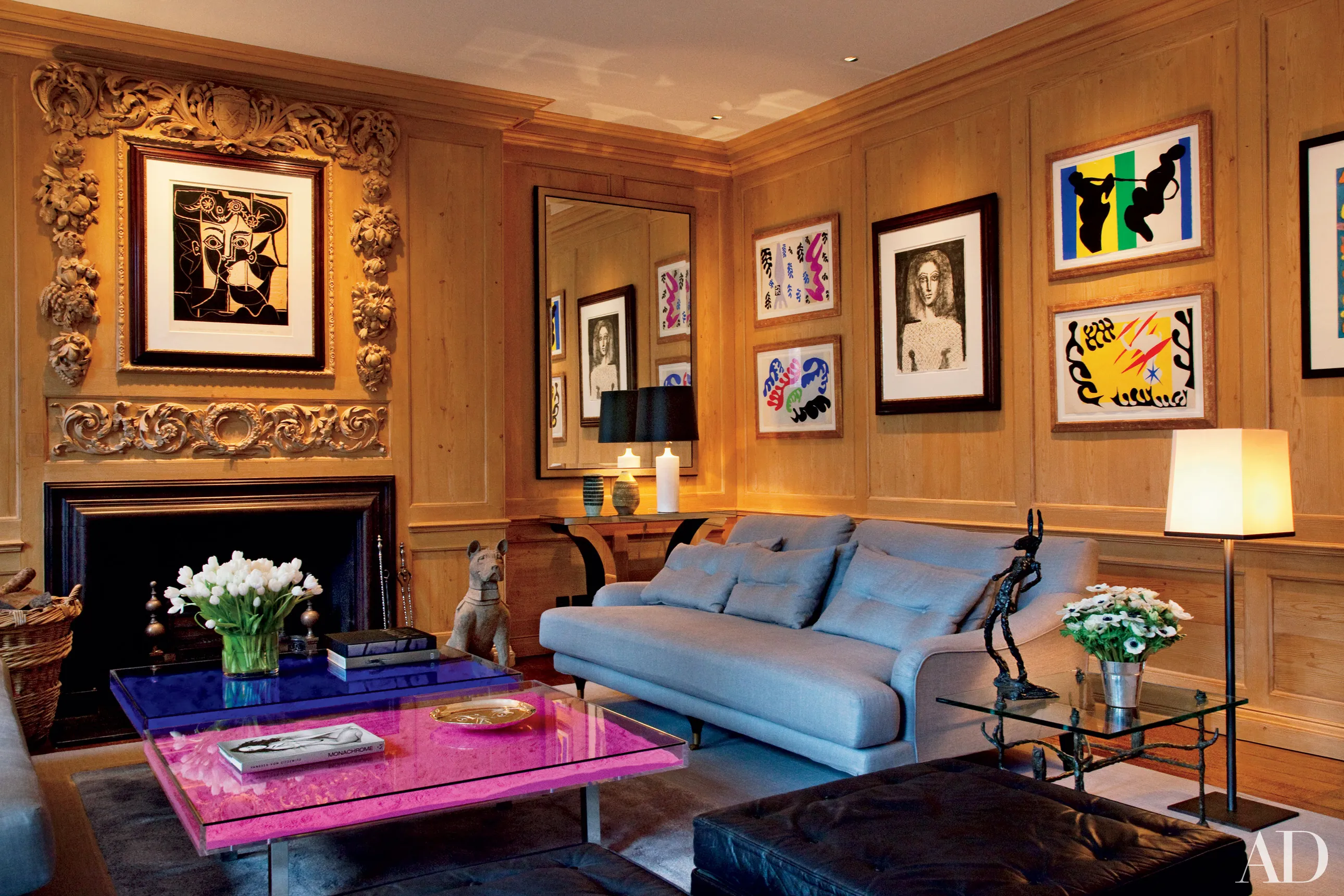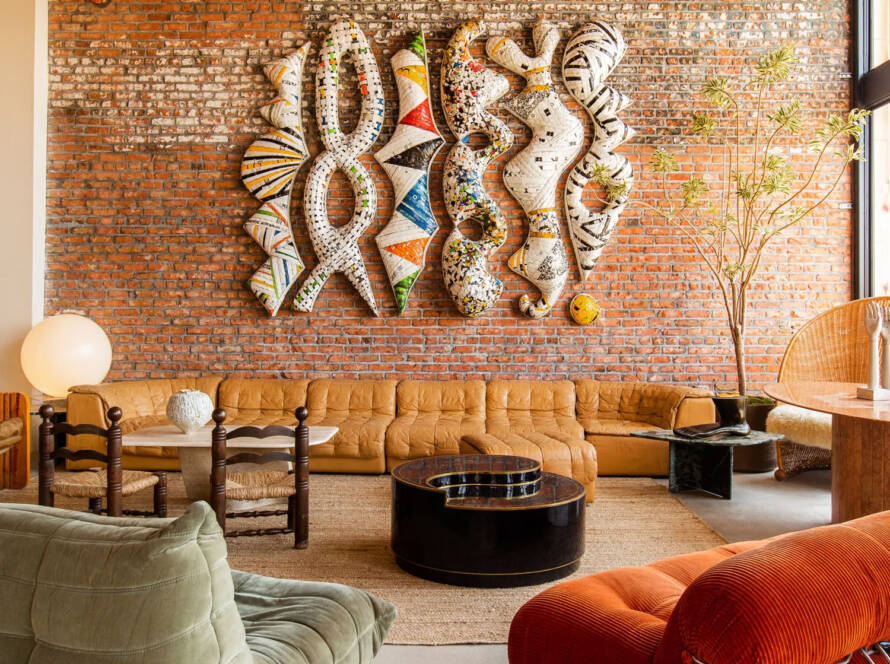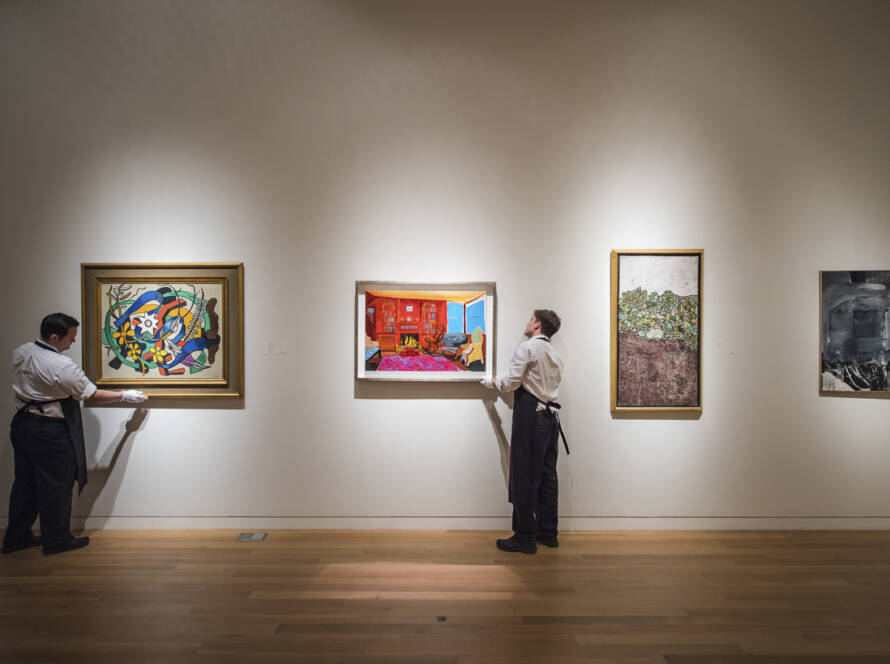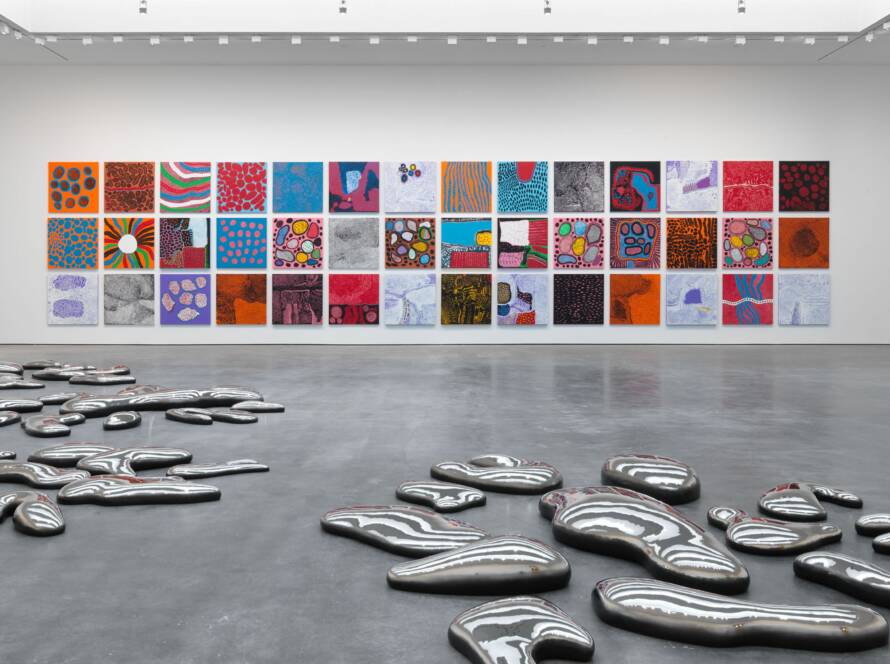Exploring Abstract Art: Freedom, Emotion, and Form
Exploring abstract art is a celebration of freedom, an exploration of form, and an emotional conversation that transcends language. Emerging in the early 20th century as a rebellion against traditional artistic conventions, abstract art sought to capture intangible emotions, ideas, and experiences by breaking free from representational imagery. Visionaries like Wassily Kandinsky and Piet Mondrian pioneered abstract art, using colors, shapes, and lines to create visual symphonies that speak directly to the subconscious. Their groundbreaking works laid the foundation for a global artistic phenomenon, influencing generations of artists across diverse mediums.
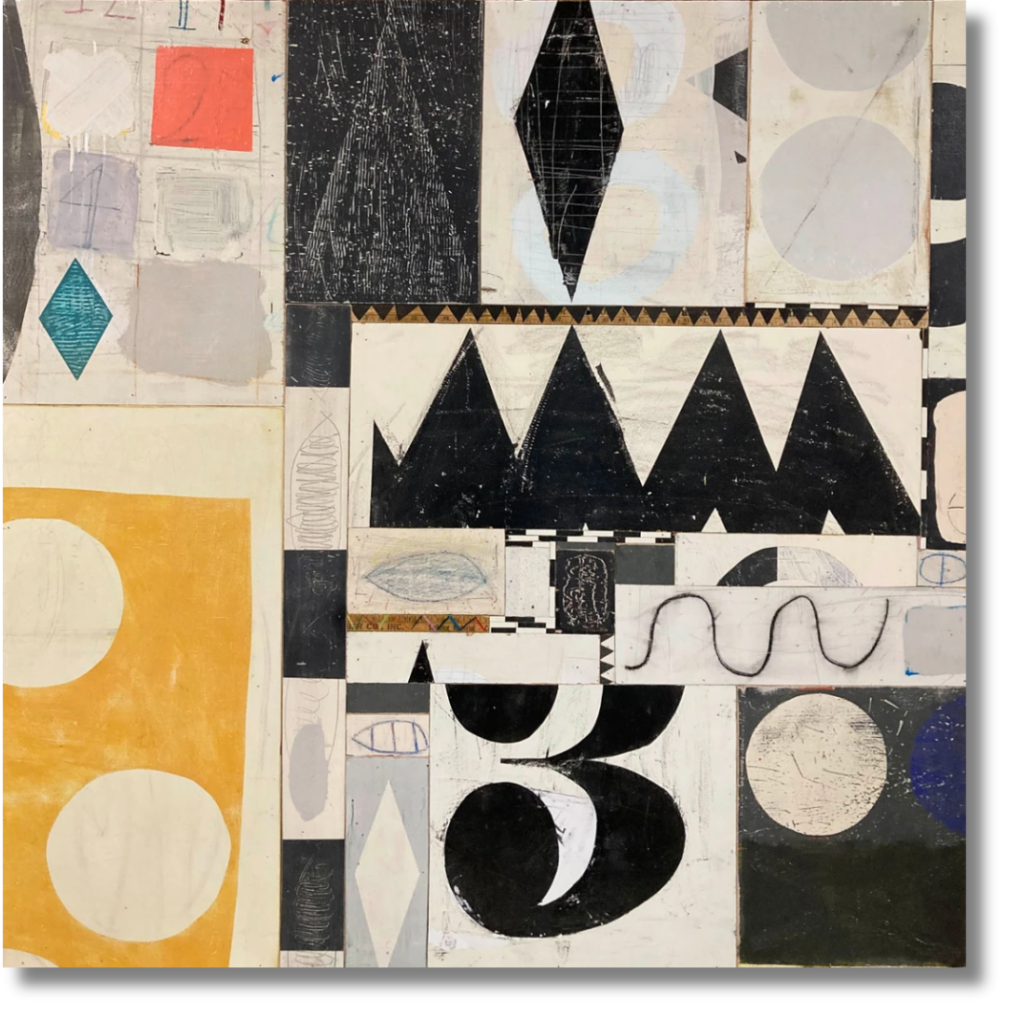
Ko Ushijima: Exploring Minimalist Abstraction
To begin exploring abstract art, Ko Ushijima’s ‘020621-1’ distills the essence of contemporary abstract art through minimalist strokes and ethereal washes of color. Utilizing graphite and watercolor, Ushijima creates a dialogue between form and emotion, inviting viewers to find personal interpretations. This piece highlights abstraction’s powerful ability to transcend representational art and establish deeper emotional connections.
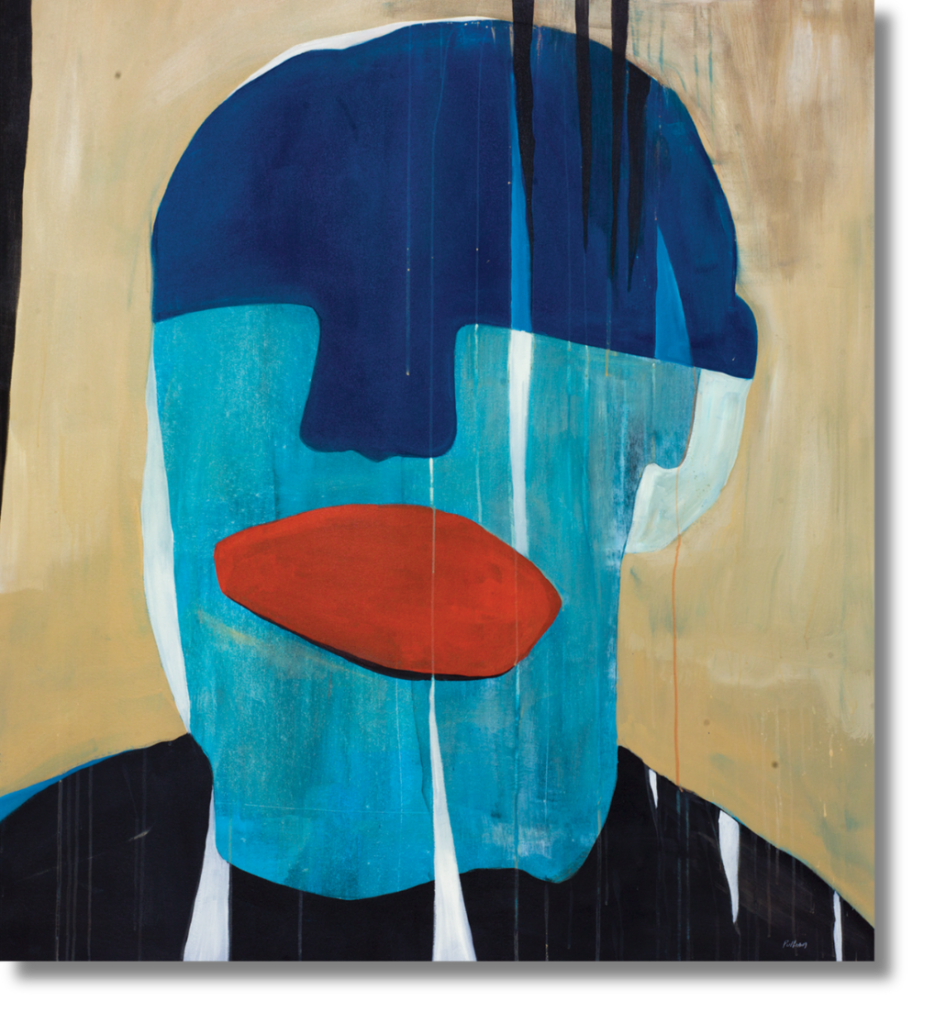
AXIOM Studio: Bold and Expressive
AXIOM Studio’s ‘Yo’ captivates with its bold acrylic strokes and luminous color fields. The dynamic interplay of form and gesture in this piece transcends representation, engaging viewers in an energetic rhythm that embodies abstract art’s essence of sophisticated expression.
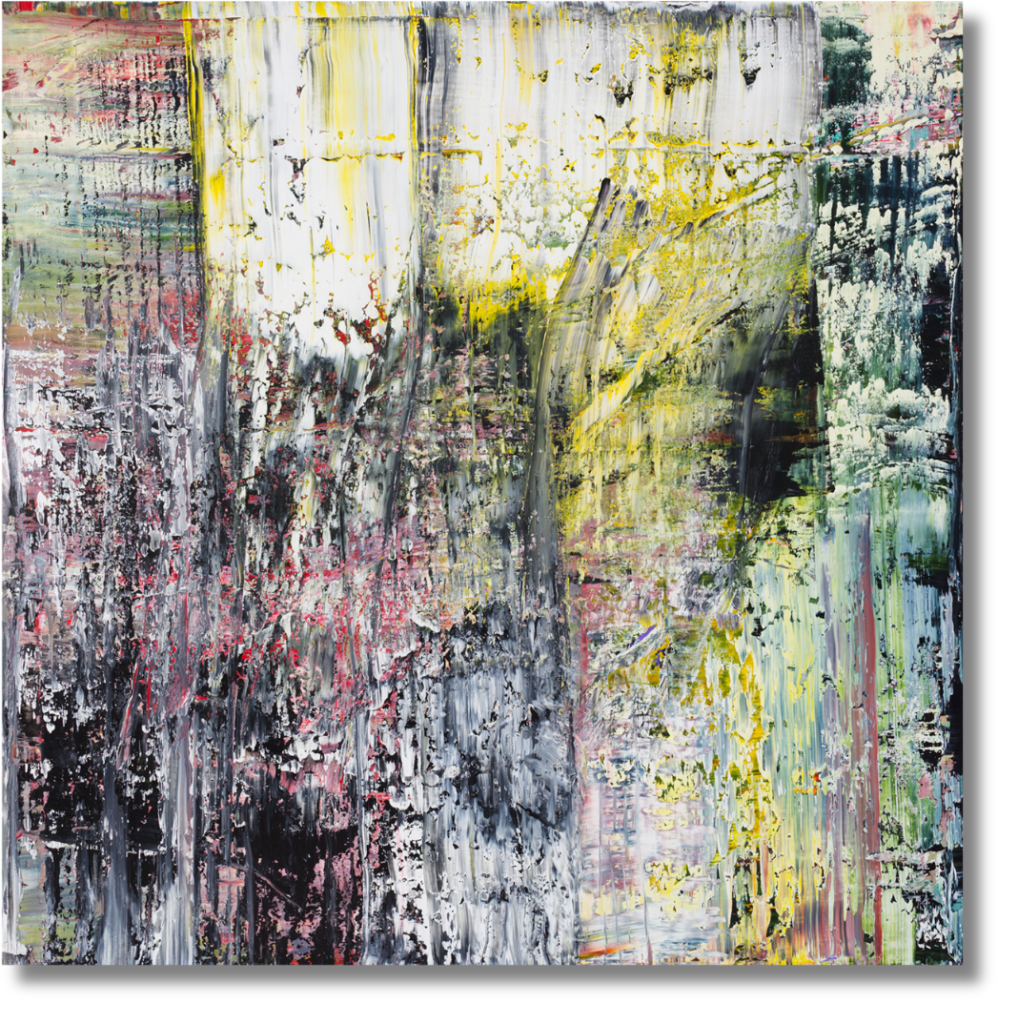
Harry Moody: Exploring Light and Shadow
Harry Moody’s ‘Abstract Black with a Little Yellow 569’ is a compelling 72 x 72-inch oil on canvas that investigates the nuanced tension between light and shadow. The interaction between deep blacks and subtle yellow highlights creates a balanced yet striking composition, inviting viewers to explore the complex depth characteristic of abstract art.

Ko Ushijima: Texture and Form
Ko Ushijima’s ‘020811-1’ is uniquely exploring abstract art through texture and form with a pencil, oil pastel, and acrylic on paper. This 15.75 x 21.4-inch piece juxtaposes delicate lines with expressive gestures, creating a layered visual experience that epitomizes abstract art’s capacity to evoke profound emotional responses through nuanced composition.
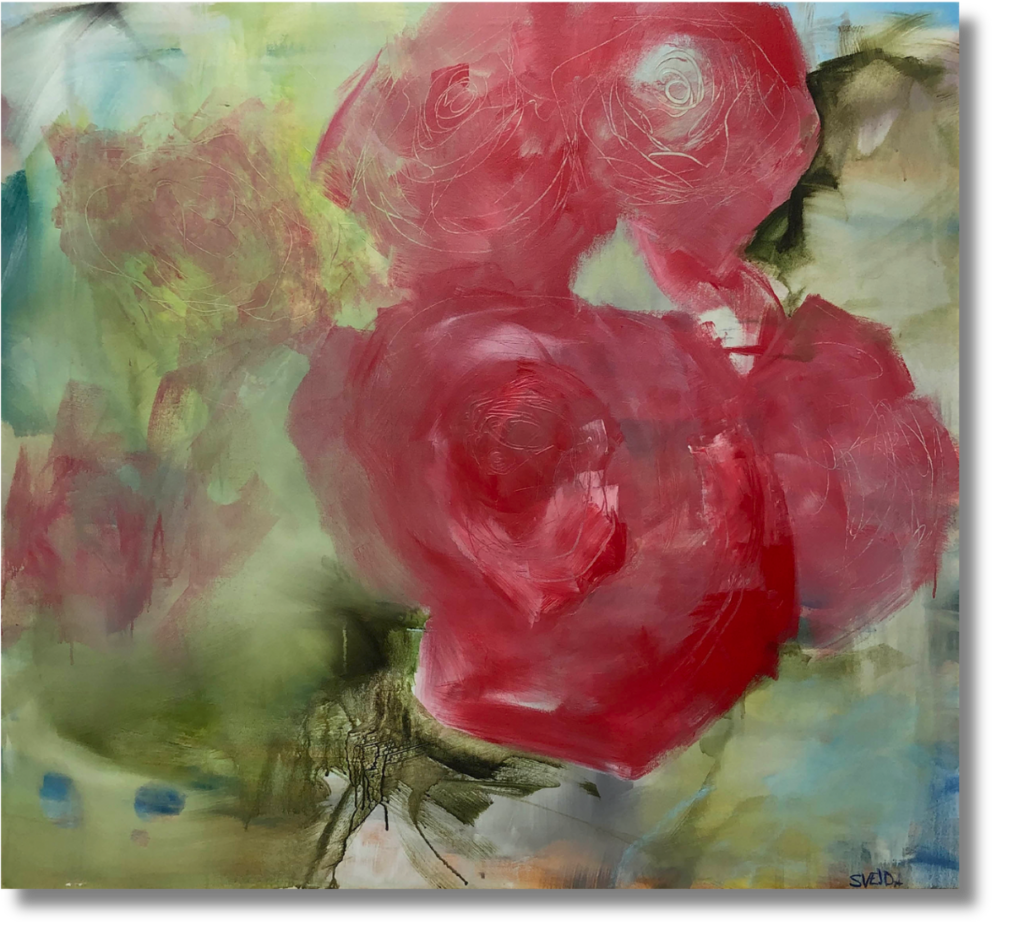
PJ Svejda: Nature and Abstraction
PJ Svejda’s ‘Biennial Blooms’ is a vibrant 53 x 49-inch acrylic on canvas, merging organic fluidity with precise abstraction. The artwork beautifully captures the tension between nature’s spontaneity and artistic control, embodying abstract art’s refined reinterpretation of reality.
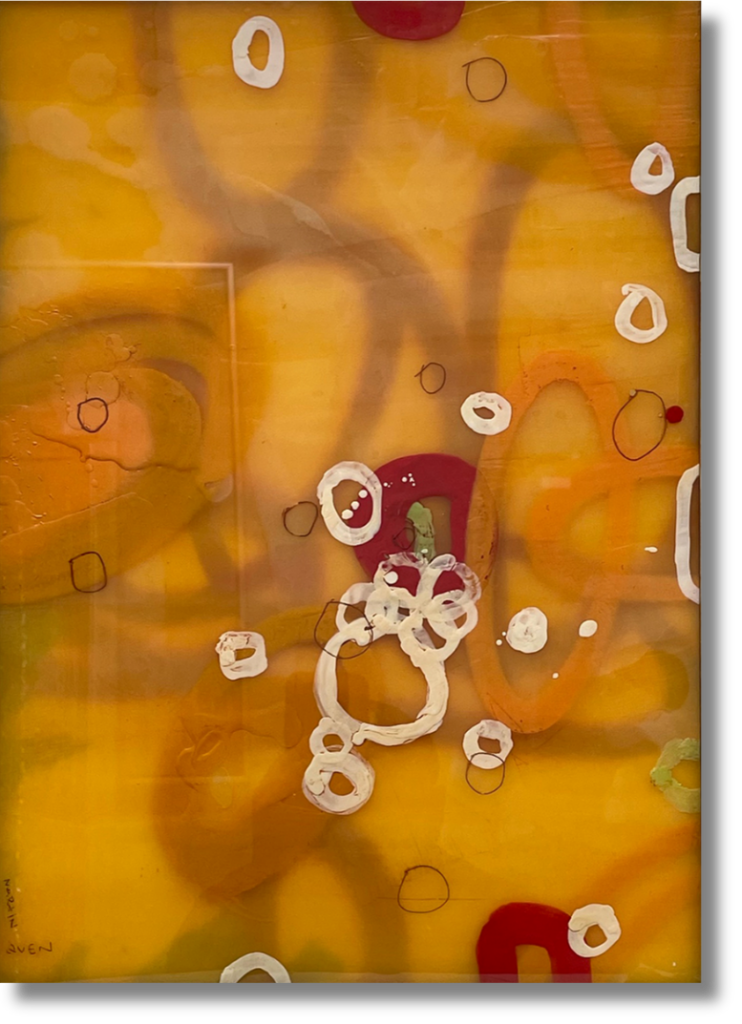
Martin Quen: Materiality in Abstraction
Martin Quen’s “Orbs” harnesses the raw energy of encaustic and charcoal on an 18 x 24-inch wood panel. With textured surfaces and tonal gradations, this piece invites viewers into a contemplative space, emphasizing abstract art’s unique interplay of form and medium.
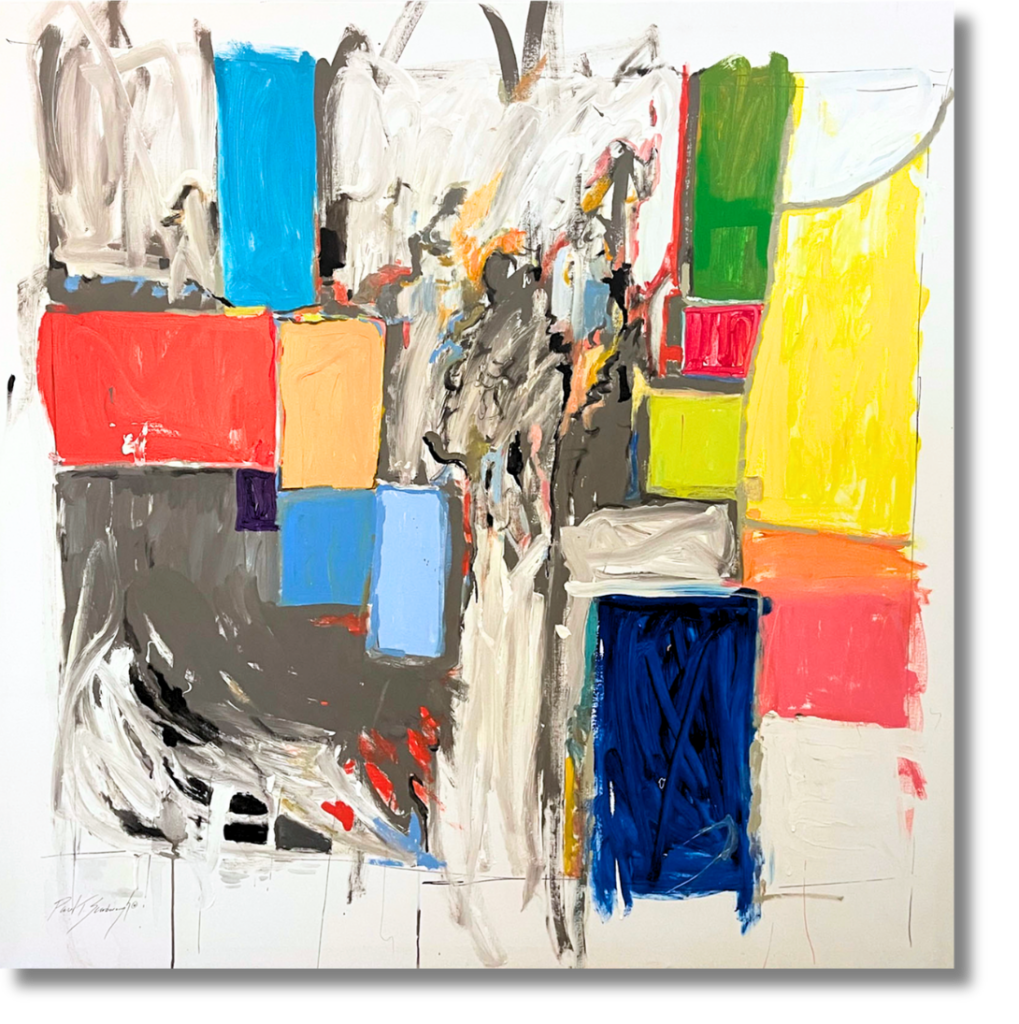
Paul T. Scarborough: Layers of Meaning
Paul T. Scarborough’s ‘510-S’ blends acrylic, oil, and pencil on a 58 x 57-inch canvas to evoke depth and movement. Through layered textures and intersecting lines, this piece exemplifies abstract art’s power to transform medium into profound visual narratives.

Ian Rayer-Smith: Disruption and Transformation
Ian Rayer-Smith’s “Glitch” is a striking 48 x 60-inch acrylic on canvas that embodies modern abstract art’s themes of disruption and transformation. Its vivid palette and fragmented forms challenge perceptions of structure, demonstrating abstraction’s fluid boundaries and contemporary relevance.
Exploring Abstract Art: Ever-Evolving Expression
Today, abstract art continues to evolve, embracing innovative techniques and new mediums that challenge traditional definitions of art. From bold, gestural paintings to refined geometric compositions, the artistic process behind abstract art is as diverse as its creators. Each stroke and color choice carries intention, transforming canvases into spaces of boundless possibility. Abstract art invites viewers into deeply personal experiences, as multifaceted and varied as the art form itself.


